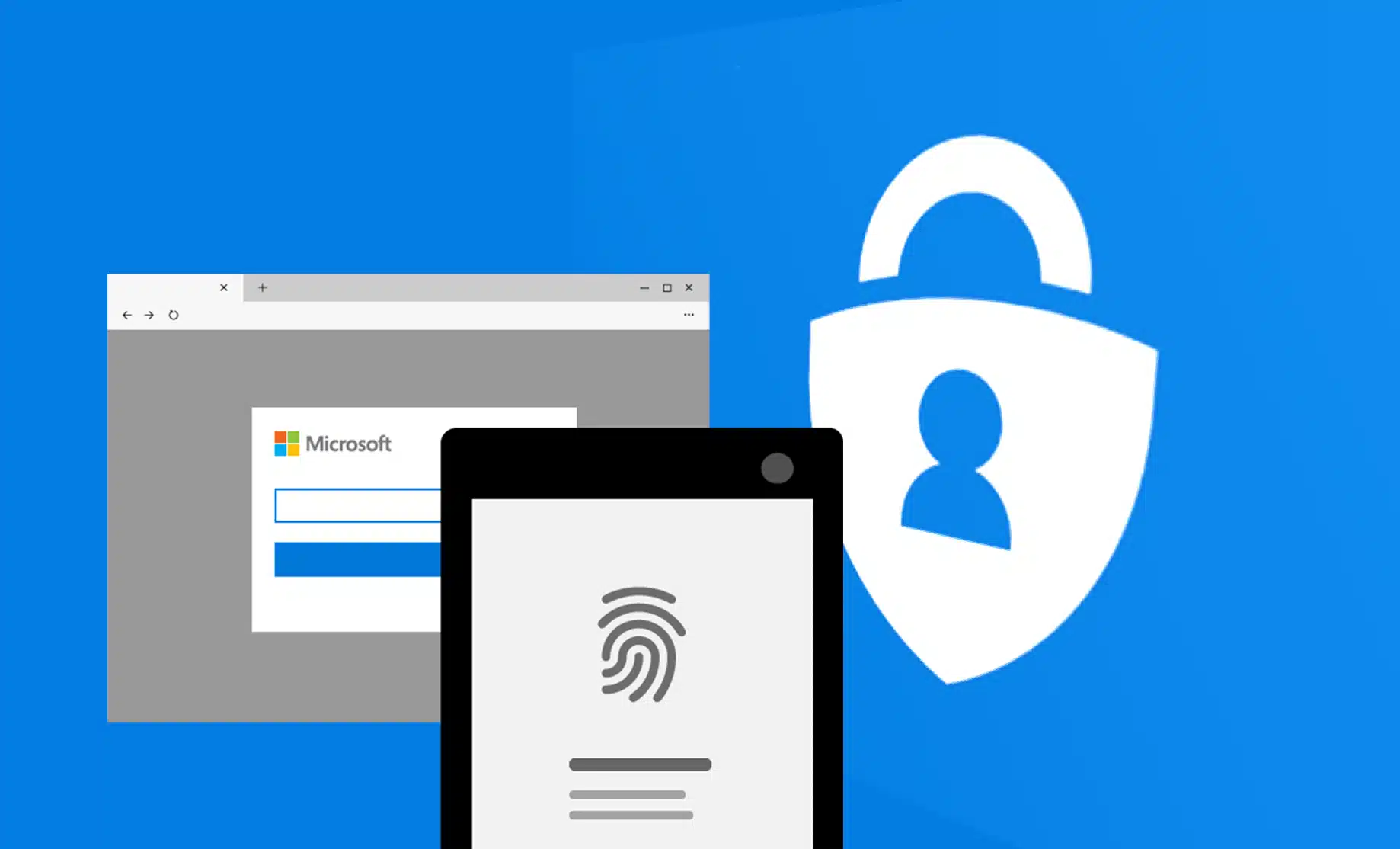In 2025, the fact I still meet people and businesses that still ignore two-factor authentication (2FA) blows my mind. Cyber threats are more advanced than ever, yet many companies continue to rely on weak, outdated security practices. If you’re not using 2FA, you’re practically leaving your digital front door wide open for cybercriminals.
What Is 2FA?
Two-factor authentication (2FA) is a security measure that requires users to verify their identity using two separate forms of authentication. The goal is simple: even if a hacker steals your password, they still need the second factor to gain access.
The two factors typically fall into these categories:
- Something You Know – A password or PIN.
- Something You Have – A phone, security key, or authentication app.
- Something You Are – Biometrics like fingerprints or facial recognition.
A common example of 2FA is logging into an account with a password and then entering a one-time code sent to your phone. Without that second step, unauthorized access is nearly impossible.
Why Is 2FA So Important?
1. Passwords Alone Aren’t Enough
Passwords get stolen all the time. Whether through phishing, data breaches, or brute-force attacks, hackers are constantly finding ways to gain access. If your business relies solely on passwords, you’re vulnerable.
2. Protects Against Phishing Attacks
Phishing scams trick users into entering their credentials on fake login pages. If you fall for it, hackers instantly get your password. But with 2FA, even if they have your password, they still need your second authentication factor—making their attack useless.
3. Helps Prevent Unauthorised Access
Imagine someone trying to log into your email from another country or another unrecognised device. If you have 2FA enabled, they’ll be prompted for an extra code they don’t have, effectively blocking them from getting in.
4. Compliance and Industry Standards
Many industries in Australia now require 2FA as a security standard. Financial institutions, healthcare providers, and government agencies must comply with regulations such as the Privacy Act 1988, the Notifiable Data Breaches (NDB) Scheme, and APRA CPS 234 for financial services. Additionally, the Australian Cyber Security Centre (ACSC) strongly recommends multi-factor authentication (MFA) as part of the Essential Eight cybersecurity framework to protect against cyber threats
5. Easy to Implement, Huge Security Boost
Most major platforms—Google, Microsoft, Facebook, and banking services—offer 2FA as an easy-to-enable security option. Using authentication apps like Google Authenticator, Microsoft Authenticator, or hardware security keys (YubiKey) makes implementation seamless.
So Why Are People and Businesses Still Ignoring 2FA?
Some people think 2FA is inconvenient. “I don’t want to enter a code every damn time I log in.” But let’s be real, would you rather take five extra seconds to verify your identity or spend weeks recovering from a cyberattack?
If your business isn’t using 2FA, you’re gambling with your security. It’s one of the simplest and most effective ways to prevent cyberattacks. The cost of enabling 2FA? Practically nothing. The cost of ignoring it? Potentially everything.
So, seriously—why aren’t you using 2FA yet?
*End Rant*




